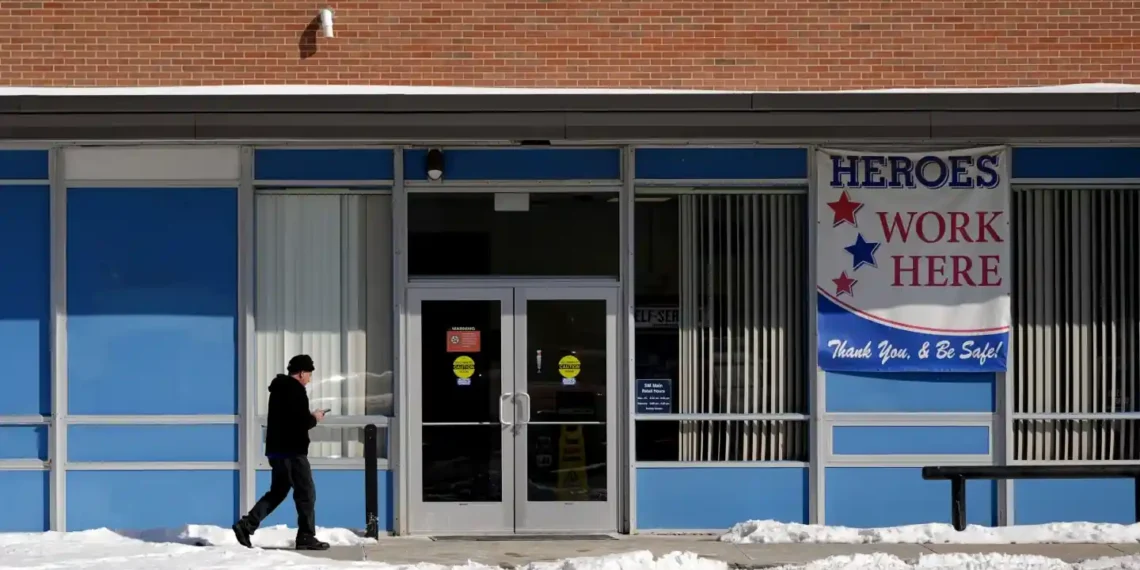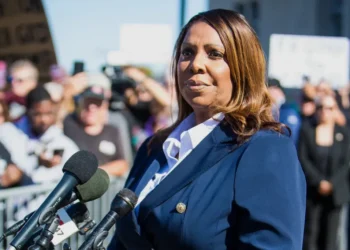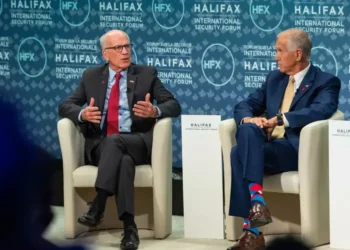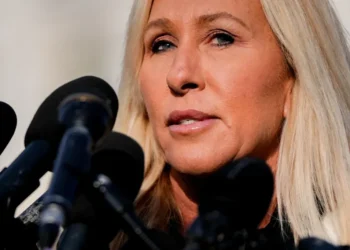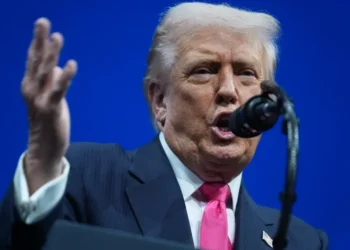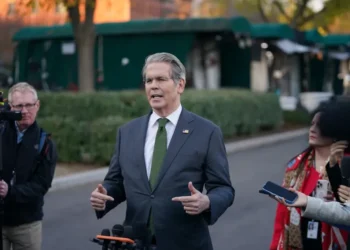Trump Considers Taking Control of USPS: What You Need to Know
Trump Proposes Moving USPS Under Commerce Department
On Friday, President Donald Trump suggested he may bring the U.S. Postal Service (USPS) under the Commerce Department, marking a potential executive branch takeover of the agency, which has operated independently since 1970.
“We want to have a post office that works well and doesn’t lose massive amounts of money. We’re thinking about doing that. And it’ll be a form of a merger, but it’ll remain the Postal Service, and I think it’ll operate a lot better.”
— Donald Trump
Trump made these comments at the swearing-in ceremony of Commerce Secretary Howard Lutnick, framing the move as a way to end financial losses at the $78 billion-a-year agency.
“He’s got a great business instinct, which is what we need, and we’re looking at it. We think we can turn it around. It’s been a tremendous loser for this country.”
Trump has long criticized the USPS and previously floated ideas about privatization. Below are key details on the history, structure, and funding of the USPS—and what Trump’s proposal could mean.
1. The History of the USPS
- Established in 1775 during the Second Continental Congress, with Benjamin Franklin as the first Postmaster General.
- In 1872, Congress made it an executive branch department.
- The 1970 Postal Reorganization Act (signed by President Richard Nixon) transformed it into an independent, self-financing agency after an eight-day strike over wages and benefits.
- Since then, the USPS has faced periodic financial struggles, resisting calls from Trump and others to privatize the service.
2. Who Works for the USPS?
- The USPS employs about 640,000 workers across the country, handling mail, medicine, election ballots, and packages from urban centers to rural towns and even remote islands.
- The 1970 reorganization granted workers pay raises and collective bargaining rights, helping many Black and minority workers enter the middle class.
- During the COVID-19 pandemic, postal workers remained on duty. More than 200 employees died from the virus, according to the American Postal Workers Union.
3. Who Runs the USPS?
Postmaster General Louis DeJoy
- Appointed in 2020 during Trump’s first term.
- A Republican donor and former logistics business owner.
- Faced criticism for:
- Mail slowdowns
- Election mail concerns
- Service and cost-cutting measures
- Announced a 10-year turnaround plan in 2023 but recently stated he will step down, asking the Postal Service Board of Governors to begin the search for his successor.
4. Who Controls the U.S. Postal Board?
- The USPS Board of Governors consists of up to nine members, appointed by the President and confirmed by the Senate.
- No more than five members can belong to the same political party.
- Current leadership:
- Chair: Amber F. McReynolds (Former election official, appointed by Biden)
- Vice Chair: Derek Kan (Former Trump administration official)
- Current Board Makeup:
- 4 appointed by Biden
- 2 appointed by Trump
- 3 vacancies (due to Senate failing to vote on Biden’s nominees)
- The Board has the power to hire and fire the Postmaster General.
5. How is the USPS Funded?
- Since 1970, the USPS has been largely self-funded, with revenue coming from customer fees.
- Congress provides a small annual subsidy—$50 million in 2023—to support discounted and free mail services.
- Financial Struggles:
- Decline of profitable first-class mail
- Cost of retiree benefits
- Accumulated $87 billion in losses from 2007 to 2020
- In response, DeJoy announced a 10-year plan including:
- Modernizing operations
- Increasing postage rates
- Cutting costs
Some lawmakers have criticized the plan, arguing that service slowdowns and consolidations could harm rural communities.
6. Trump’s Long-Standing Criticism of the USPS
- 2020: Threatened to block USPS from COVID-19 relief funds unless it quadrupled package rates for major customers like Amazon.
- Amazon’s founder, Jeff Bezos, also owns The Washington Post, a frequent critic of Trump.
- December 2023: Floated the idea of privatizing USPS, citing competition from Amazon, UPS, and FedEx.
- February 2024: Expressed renewed interest in merging the USPS with the Commerce Department.
“It’s an idea a lot of people have had for a long time. We’re looking at it.”
What Could Happen Next?
If Trump’s proposal moves forward, potential outcomes could include:
Increased federal oversight under the Commerce Department
Changes in leadership at USPS
Privatization efforts gaining momentum
Pushback from Congress and labor unions
Legal challenges over executive power
The future of the U.S. Postal Service remains uncertain, but Trump’s renewed interest in restructuring or privatizing it ensures the issue will stay in the spotlight.
Conclusion
With Trump considering taking control of the USPS, the agency faces a potential shake-up that could impact its operations, funding, and future leadership. Whether the move improves efficiency or sparks political and legal battles remains to be seen.
This article was rewritten by JournosNews.com based on verified reporting from trusted sources. The content has been independently reviewed, fact-checked, and edited for accuracy, neutrality, tone, and global readability in accordance with Google News and AdSense standards.
All opinions, quotes, or statements from contributors, experts, or sourced organizations do not necessarily reflect the views of JournosNews.com. JournosNews.com maintains full editorial independence from any external funders, sponsors, or organizations.
Stay informed with JournosNews.com — your trusted source for verified global reporting and in-depth analysis. Follow us on Google News, BlueSky, and X for real-time updates.
